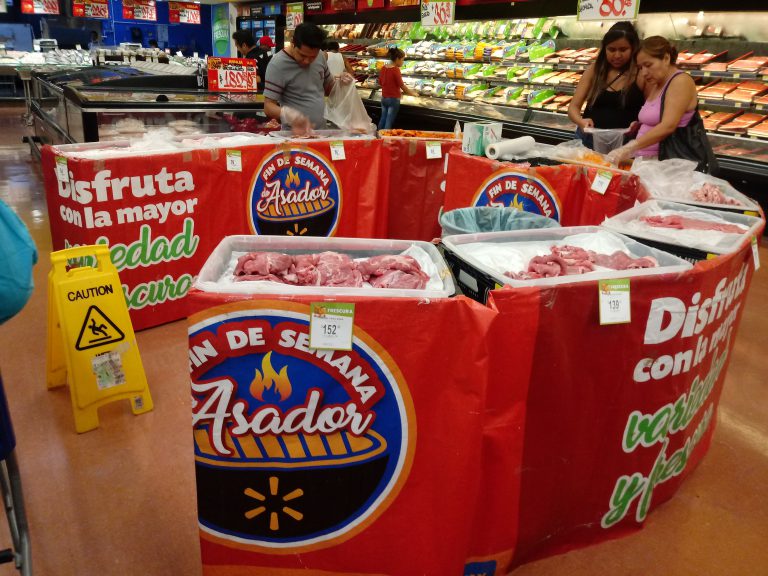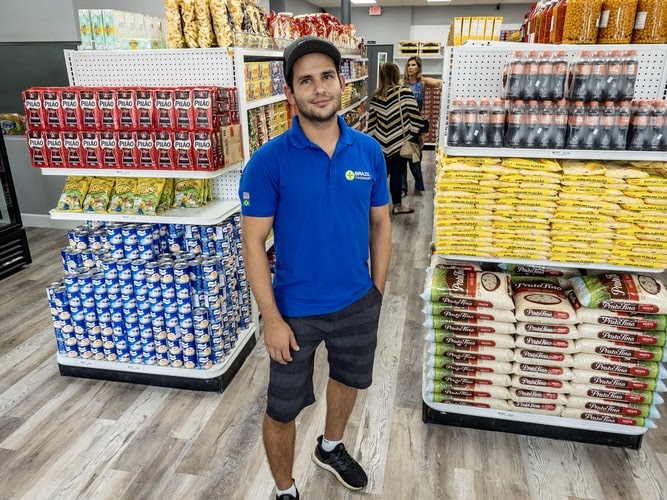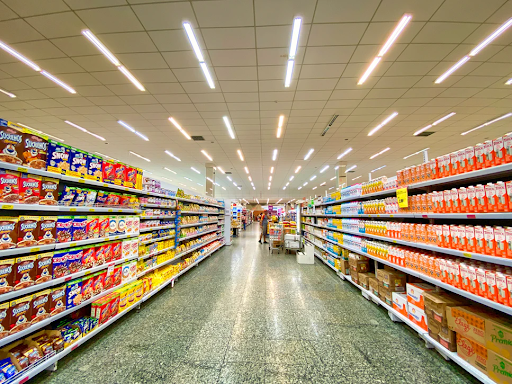Updated on 23rd October, 2021

According to Gartner, by 2025, 90% of customer interactions in the retail industry will be managed by AI. The latest advancement in AI technology and deep learning algorithms are changing the retail industry. With a large number of data sets comprising thousands of shelf images, companies can now leveraging artificial intelligence to better monitor their retail shelf presence.
Retail shelf monitoring helps in recognizing product conditions on shelves such as availability, assortments, space, pricing, promotions and many more. It empowers companies to take immediate corrective actions. AI algorithms can definitely improve planogram compliance by providing accurate stock visibility insights. Companies will be able to monitor and benchmark the duration of stock instances, which will lead to better in-store product placement.
How retail shelf monitoring works
Not much changes in the daily routine of the field reps apart from the fact that they have more flexibility in terms of the quality of pictures that they share with the analysis team. The current industry has a lot of bottlenecks that affect final insights in which failure to analyze unclear images is a major issue. This leads to an increase in time and costs to the company to retrieve new images for fresh analysis.
Field reps just have to click pictures of all the relevant shelves and feed it to their retail shelf monitoring system. One of the dampers in the automated retail audit process is obstruction when field agents click shelf pictures. This too is taken care of by retail shelf monitoring as the system becomes learns quickly with minimum training inputs, and the entire operation becomes highly scalable. Thus, loss of pictures due to obstruction while photography can be ignored.

The AI algorithm analyzes all types of inputs to deliver insights. Its capability to analyze poor quality images enhances the credibility of the final results. Traditional systems have a hard time analyzing unclear/low light images which is not the case when using AI. Confusion between similar looking products is another contentious issue that gets resolved when AI is deployed in your photo recognition system for automated retail audits.
ParallelDots has leveraged the power of AI to create ShelfWatch, an AI shelf analysis service that empowers field reps with flexibility and companies with scalability. ShelfWatch eliminates all gridlocks in the traditional retail audit process that is currently eating into the revenue of the CPG and retail brands. The extent of its advantages can be fully understood by analyzing each stakeholder in the retail audit process.
Sales/Field representatives –
The reps face major challenges while collecting data in the form of pictures and videos. There is a lack of uniformity in stacking patterns across retailers which leads to different kinds of pictures in terms of stock orientation, lighting, and positioning. Field agents struggle with maintaining consistency with the data they collect because such non-standard pictures take longer to analyze. And in the pursuit of standard images, field agents fall prey to other types of human perception biases.
ShelfWatch helps the field reps by giving them the flexibility to take all possible pictures in any orientation, lighting or positioning. Such flexibility is allowed because ShelfWatch is not dependent on standard uniform images to give accurate output. Using state-of-the-art AI algorithms, ShelfWatch is able to analyze even the most distorted images because it uses AI packs recognition technology.
Retail Partners –
Compliance audits are tough tasks for retailers as well. To comply with the pre-set planogram is part of the service agreement between the retailer and the brands. If in the final assessment the retailers are found to be violating the agreement by displaying too few products, or by not positioning the products correctly, it can attract penalties and even termination of contracts ( in extreme cases ).
Since ShelfWatch allows field reps to be flexible while collecting data, it also helps retailers comply with the service agreements because all the images collected by the reps are analyzed irrespective of the light, positioning, and orientation of the products on the shelf. This saves retailers from false audit reports because even if their shelf is not well stacked in terms of positioning and lighting, Shelf Watch will detect all the objects on the shelf, thus reducing incidences of non-compliance due to poor data collection.

Brands
CPG manufacturers benefit from our AI-powered solution. They are able to analyze all types of pictures from their retail audits by using ShelfWatch. It helps CPG brands to calculate their Perfect Store KPIs, and get instant insights and implement them while in-store.
Liked the blog? Read this other blog to understand how AI is winning the retail strategy.
Want to see how your own brand is performing on the shelves? Click here to schedule a free demo.
- Author
- Recent Posts
(see all)
- ShelfWatch – A Smart Image Recognition based Retail Execution Software - November 10, 2021
- How Photo Recognition helps in Retail Shelf Monitoring - October 23, 2021
- Announcing our ISO 27001:2013 Certification - August 14, 2021



